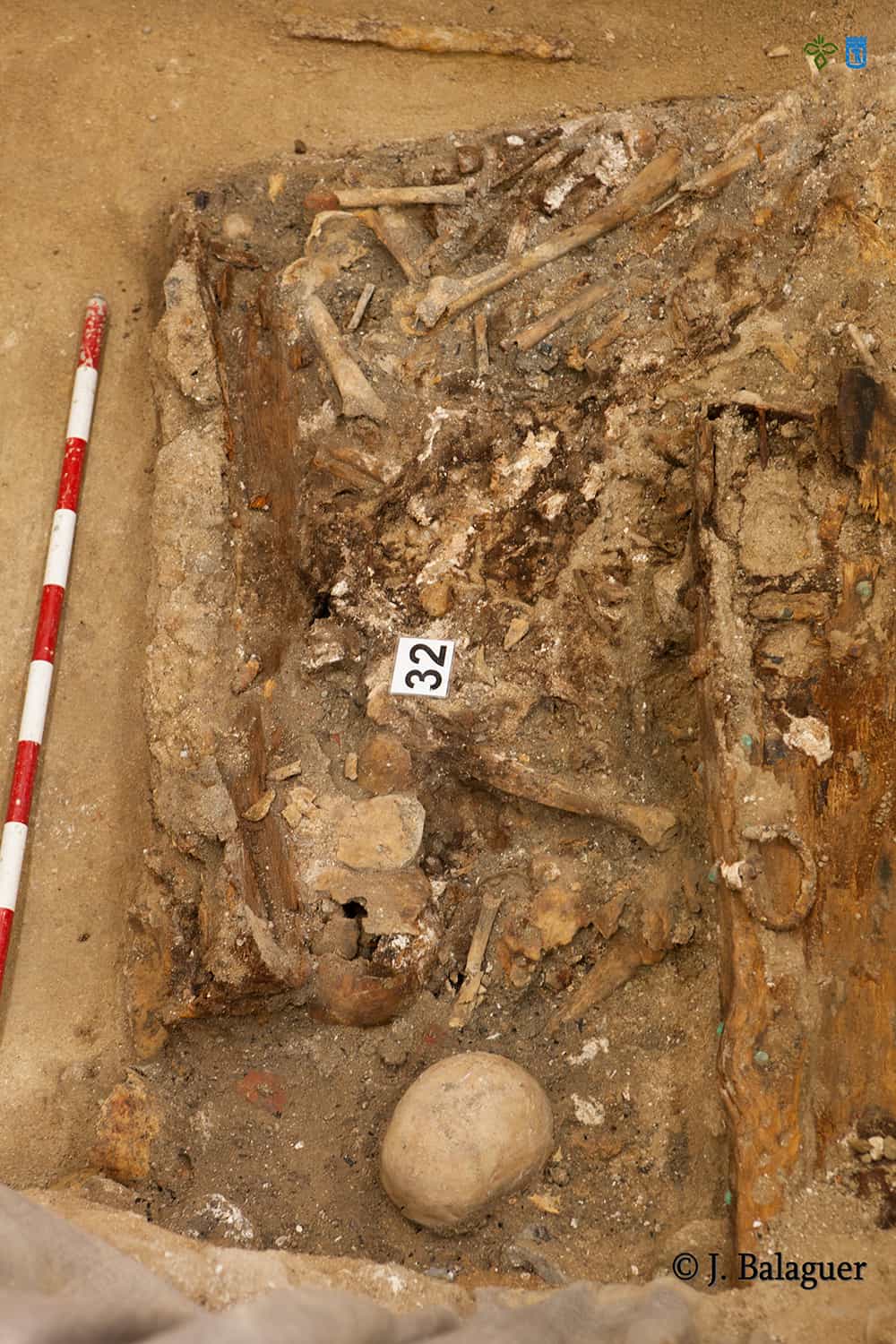Researchers said they were “convinced” that among crumbling remains in a crypt they had found Cervantes, hailed by academics as the father of the modern novel.
Forensic anthropologist Francisco Etxeberria said that after a year-long search his team had positively identified “some fragments” of the author who died in April 1616, the same month as William Shakespeare.
Don Quixote — the delusional country gentleman who sets out to right wrongs as a self-styled knight — had a far-reaching impact on world literature, academics say.
Though there is no genetic proof of the find at this stage, Etxeberria’s team of anthropologists and archaeologists said they were confident of the claim on the basis of documentary research.
They based their findings on fragments found underground in the crypt of a church in the Convent of the Barefoot Trinitarians in central Madrid, Etxeberria said.
Archeologist Almudena Garcia-Rubio said there was “no confirmed genetic identification” of the human remains.
But Etxeberria said: “We are convinced that we have among these fragments something of Cervantes.”
Tilting at windmills
Cervantes is recorded as having been buried at the convent’s chapel a day after his recorded death on April 22, 1616, but the exact whereabouts of his grave were unknown.
Etxeberria’s team launched in April 2014 the first significant search for the remains of the greatest writer of the Spanish Golden Age.
They used infrared cameras, 3D scanners and ground-penetrating radar to identify spots where remains could be stored.
Born near Madrid in 1547, Cervantes has been dubbed the father of the modern novel for “The Ingenious Gentleman Don Quixote of La Mancha,” published in two parts in 1605 and 1615.
His influence has been so great that Spanish is often referred to as “the language of Cervantes.”
But his impact went beyond Spanish, particularly in the development of the novel as an art form.
The proverbial phrase “tilting at windmills” — a well-meaning, misguided bid to vanquish imaginary enemies — also originated from Don Quixote’s adventures.
Cervantes spent his last years in a Madrid neighborhood now called the Literary District in memory of him and his 17th century rivals Lope de Vega, Francis de Quevedo and Luis de Gongora.
“This a very important day for Spain and for our culture,” said the mayor of Madrid, Ana Botella.
Culture Minister Jose Ignacio Wert hailed the discovery, saying its announcement coincided with celebrations planned this year for the fourth centenary of the publication of the second volume of Don Quixote.
“From a purely literary point of view, this will not change much,” said Jean Canavaggio, a biographer of Cervantes at the University of Paris-Nanterre, of Tuesday’s announcement.
“But there will be crowds of tourists flocking to the Trinitarians convent. That will be a source of revenue for Madrid.”
Cervantes had an “absolutely fascinating life,” Canavaggio said.
Born into a modest family, Cervantes served in the navy and worked in the Church and in finance before his writing career took off.
He lost the use of his left hand after he was shot at sea in the 1571 Battle of Lepanto, in which the Holy League led by Spain defeated the Ottoman fleet. He later spent several years as a prisoner after being captured by pirates.
Researchers had hoped his injured hand might help them identify his body — but the piles of bones they found under the convent floor were too poorly preserved.





